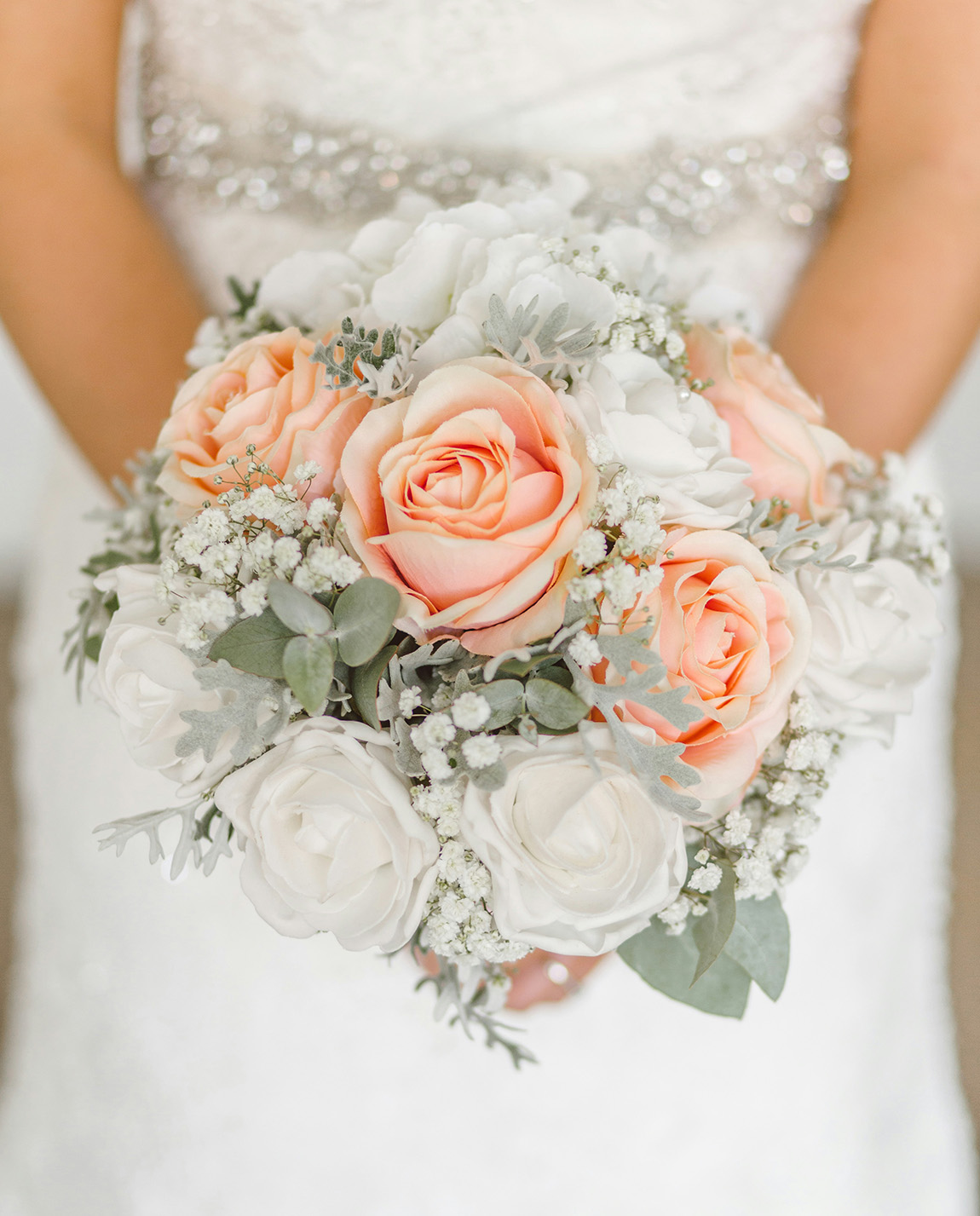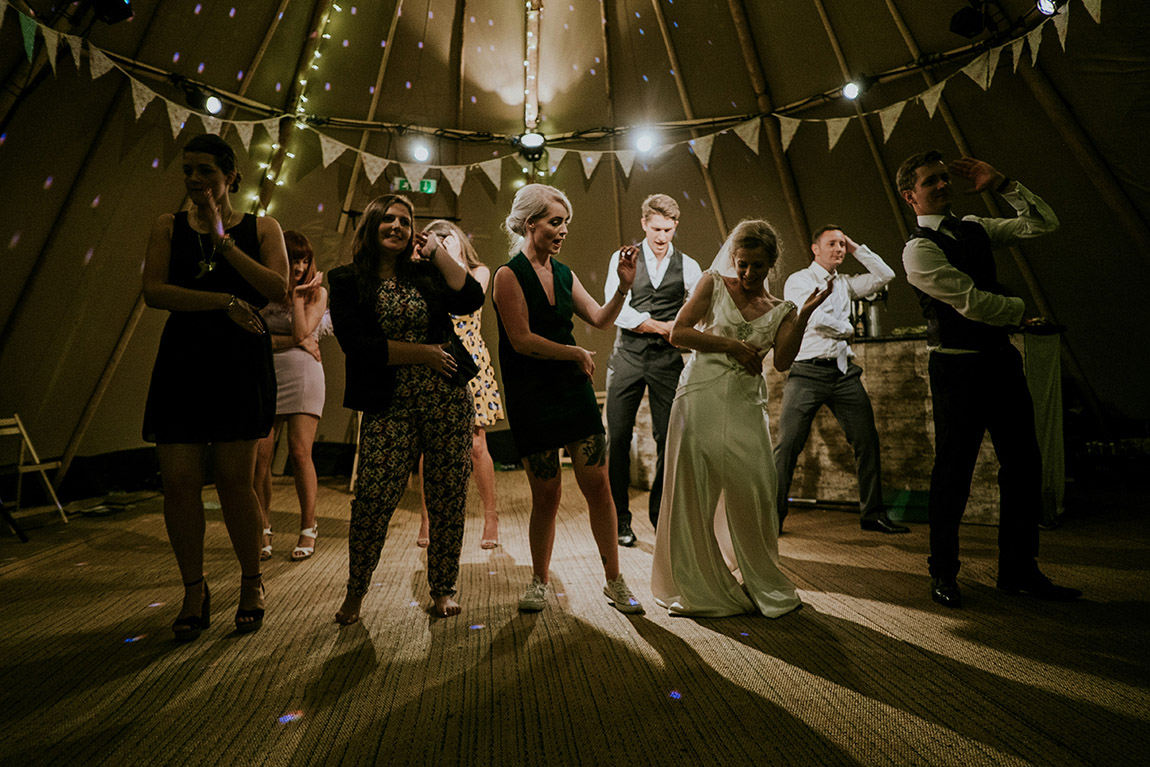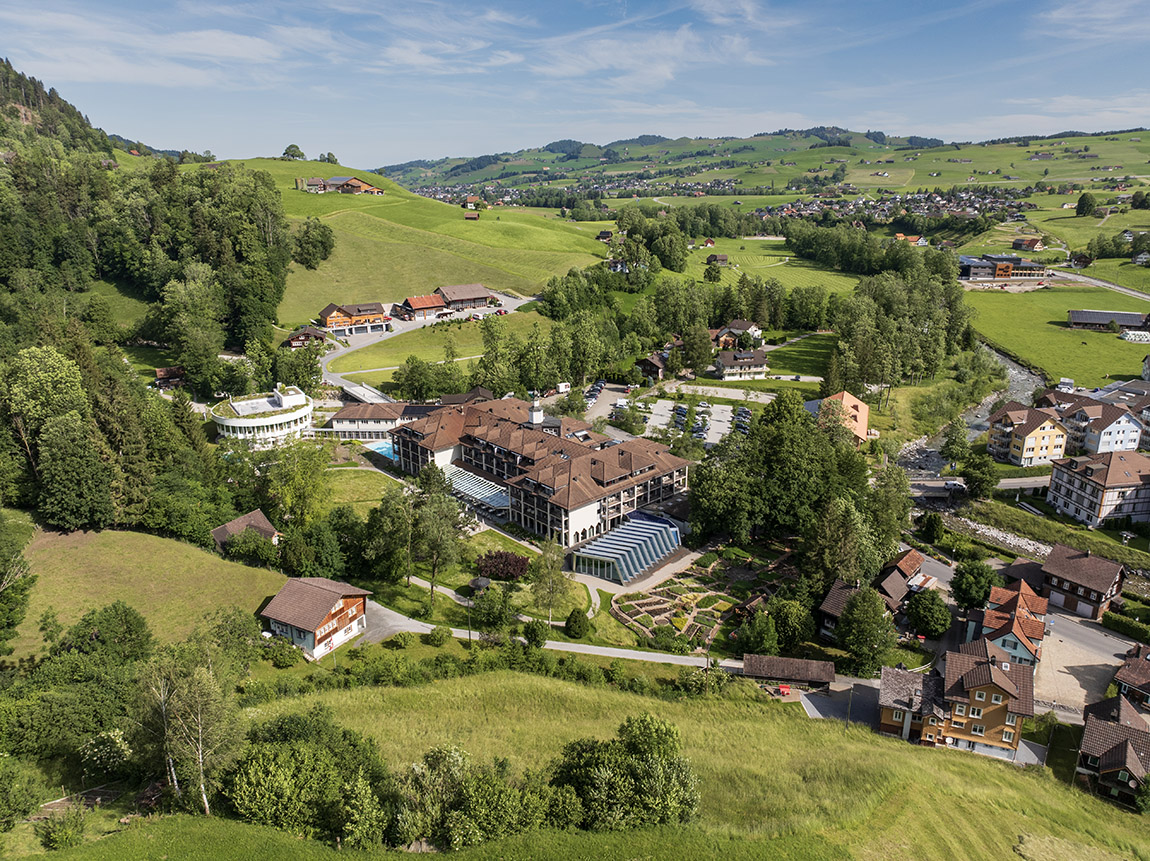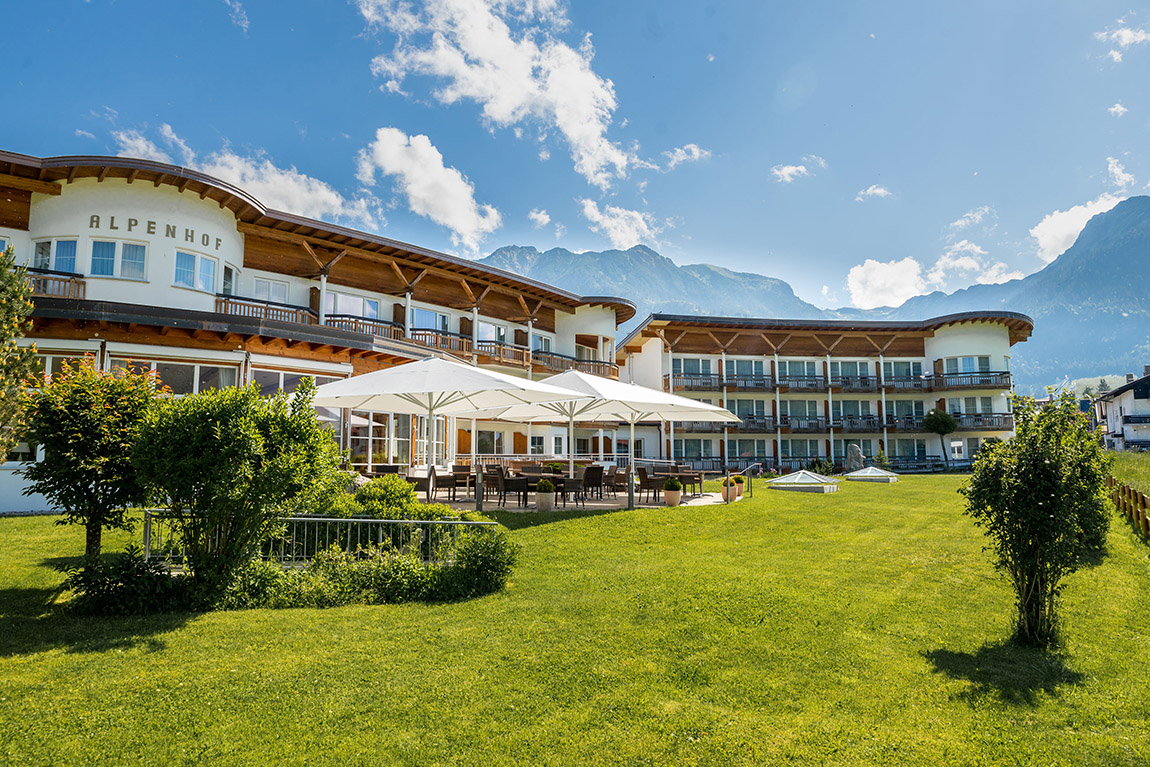Tree stumps and bride kidnapping: The DACH region’s weird and wonderful wedding traditions
TEXT: NANE STEINHOFF | PHOTOS: UNSPLASH

Every culture has its unique flair, especially when it comes to weddings. In the DACH region – Germany, Austria, and Switzerland – traditions can be downright peculiar yet intriguing. From planting trees to breaking dishes, these customs reveal deep meanings behind each wedding celebration.
Weddings are celebrated differently around the world, from brides wearing red in India to couples getting a lasso draped around their shoulders in Mexico. In Germany Switzerland and Austria this is no different and the three countries come with their very own set of quirky wedding traditions.
While Germany, Austria, and Switzerland share many customs, each country brings its unique flair. For example, the Polterabend is specific to Germany, while bride kidnapping is an Austrian exclusive. However, all three cultures value communal celebrations and rituals that strengthen relationships. Each nation showcases diverse traditions across different regions. In Germany, the customs in Bavaria differ from those in Berlin. Similarly, in Austria, rural customs may contrast sharply with urban practices. Exploring these regional nuances offers deeper insights into each culture’s wedding practices.
The symbolic power of trees
In Germany, planting trees during a wedding is more than just a beautiful gesture. It’s a ritual symbolising growth and stability in the couple’s life together. Couples often choose fruit trees, which signify not only the establishment of a family but also the hope for a fruitful life. In 2022, over 75% of German couples included some form of tree planting in their ceremonies, highlighting its rising popularity.
Breaking dishes
What might sound like an accident to some is encouraged before a German wedding. This pre-wedding celebration involves smashing porcelain dishes and pottery. The belief is that the louder the noise, the more luck the couple will have. Friends and family gather to partake in this fun, messy ritual, often resulting in laughter and a sense of community.

Sowing a tree stump
One of the most delightful wedding customs in Germany is the ‘Baumstammsägen’ or tree stump sawing ceremony. This tradition symbolizes the couple’s ability to work together and overcome obstacles in their marriage. At the reception, a tree stump is placed in front of the newlyweds, along with a saw. Family and friends cheer them on as they saw through the stump together, showcasing their teamwork. Not only does this act serve as a fun moment to break the ice, but it also sets a playful tone for their life together.
Kidnapping the bride
In Austria, the tradition of the ‘Brautentführung’, or bride kidnapping in English, adds an element of playful excitement. On the wedding day, friends of the groom often ‘kidnap’ the bride and take her to a nearby location, where the groom must find her. This ritual plays with the idea of challenges in marriage, emphasising the need for trust and teamwork. Research indicates that nearly 60% of Austrian couples embrace this fun tradition, showcasing its importance in modern weddings.
Additionally, after the ceremony, it’s common for brides in Switzerland to gift guests small tokens of appreciation. It might be a hand-painted wooden heart or a miniature Swiss cowbell, each imbued with personal touches. This custom highlights the Swiss value of gratitude and the strong bonds of friendship that accompany the couple as they embark on their new journey together.

Wedding dances
As in other parts of the world, dancing holds a special place in Austrian weddings. Specific dances, like the waltz, symbolise unity and celebration. According to cultural anthropologist Dr. Anna Schubert, “Dances at weddings not only entertain but also reinforce social bonds and cultural heritage.” These lively dances often draw guests together, creating memorable moments that will last a lifetime.
Festive trees
In many Austrian villages, setting up a big, decorated pine or ash tree before the wedding day is quite common. Often known as the ‘Brautbaum’, this tree is adorned with ribbons and flowers. The best part? The entire community joins together to help with the decoration. So not only does this symbol celebrate the marriage, but it also fosters community spirit.

Breaking bread
During Austrian receptions, one unique tradition that’s cherished is bread breaking. The bride and groom share a loaf of bread with their guests as a symbol of hospitality and abundance. It’s said that this action fosters unity and a warm atmosphere during the reception. Guests get a delicious treat, and they also feel welcomed into the couple’s next chapter.
Post-wedding traditions
In many regions in Austria, something called “Strassenausstellung,” or street exhibition, takes place. Days after the wedding, the couple walks through the village, showcasing their love to everyone. Everyone gathers and congratulates the couple, creating a beautiful sense of belonging and goodwill. This custom highlights the couple’s Marcouci tradition by focusing on family and community connections.
Colour and numbers
In Switzerland, the colours and numbers used in wedding attire carry great meaning. White generally signifies purity, while red represents love and passion. Many couples choose to incorporate these colours into their celebrations. Additionally, the number ‘7’ is particularly auspicious, as it is believed to bring fortune and joy. Swiss couples often add seven items to their wedding outfits, such as lucky charms or trinkets.
Superstitions and charms
Superstitions abound in Swiss wedding customs. For instance, it’s common for couples to wear a small horse-shoe for good luck. According to historian Dr. Klaus Müller, “These charms reflect centuries of tradition, where people believed that certain items could ward off evil.” Couples often integrate such charms into their ceremonies for an added layer of protection.
As society changes, so do wedding traditions. Today, many couples today blend traditional customs with contemporary elements, creating unique celebrations that reflect their personalities. For instance, while tree planting remains popular, some couples opt for planting a ‘memory tree’ with notes tied to its branches, sharing their dreams and hopes for the future.

Subscribe to Our Newsletter
Receive our monthly newsletter by email





